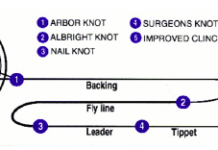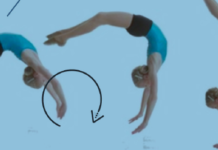Wheels are great for paved roads, but they have limitations. They can’t travel on loose terrain or over large obstacles. This is problematic for search and rescue robots where hazardous terrain is part of the job description. To solve this problem Daniel Goldman is looking into a less conventional form of transportation: hopping.
Goldman, an assistant professor from the School of Physics at the Georgia Institute of Technology, is testing a pogo-stick-like mechanism on different surfaces to test energy efficiency. He has discovered that by “shutter jumping,” or making multiple small jumps before a larger bound, the robot used less than a tenth of the energy of jumping from a stationary position. This information was published on October 26 in the journal Physical Review Letters. As Goldman explains, “The preparatory hop allows the robot to time things such that it can use a lower energy to get to the same jump height. You really don't have to move the mass rapidly to get a good jump."
The experiment used a weighted block on a spring that moved up and down on a vertical rod. The entire contraption weighed about one kilogram. Such a contraption almost sounds laughable, but the information gathered from it is surprisingly valuable.
Replicating a jumping motion in robots used for exploration and search and rescue would make them more adept to natural environments. If a robot needs to maneuver over a fallen tree, it would be much easier with jumping legs than with wheels. By finding ways to make jumping more efficient, a robot can travel much farther with a small battery pack, leaving more room for other machinery, says Goldman.
This notion of jumping as an efficient method of transportation is definitely a strange one. After all, if a human being tried going through their daily routine hopping, they would tire out within minutes. But there are creatures in the wild that use jumps as their primary form of locomotion. Kangaroos, rabbits, frogs, and grasshoppers are all known for their ability to jump for long distances. Many kangaroos have an even larger body mass than humans, so it should require even more energy for them to jump.
However, in a study by Professor Terrence Dawson of the University of New South Wales in Australia, it was found that at high speeds kangaroo hopping is one of the most efficient methods of land travel in animals. The reason these animals are so good at jumping is because their long legs and strong feet allow them to store up tension when landing after each jump and use that tension to lead into the next, says Dawson. This spring-like action is similar to the shutter jumping described in Goldman’s experiments.
Goldman and his team aren’t done working yet. They will be testing how complex surfaces affect jumps, starting with sand. They also plan to see how their data relates to jumping in animals. Goldman adds, "What we have learned here can function as a hypothesis for biological systems, but it may not explain everything.” Just because hopping works for robots, doesn’t mean it can replace walking in human beings.
Although the shutter-jump may be a versatile tool, it cannot replace other forms of locomotion. The jumping technique requires a much larger distance to make a full jump. “If a hazard is threatening, you may need to expend the additional energy to make a quick jump to get out of the way," says Goldman. Paul Thomas Scheidt Meuser

This work is licensed under a Creative Commons Attribution-NonCommercial-NoDerivs 3.0 Unported License














I think robots being able to jump because most are slow now that you can jump u could move faster
:good cool